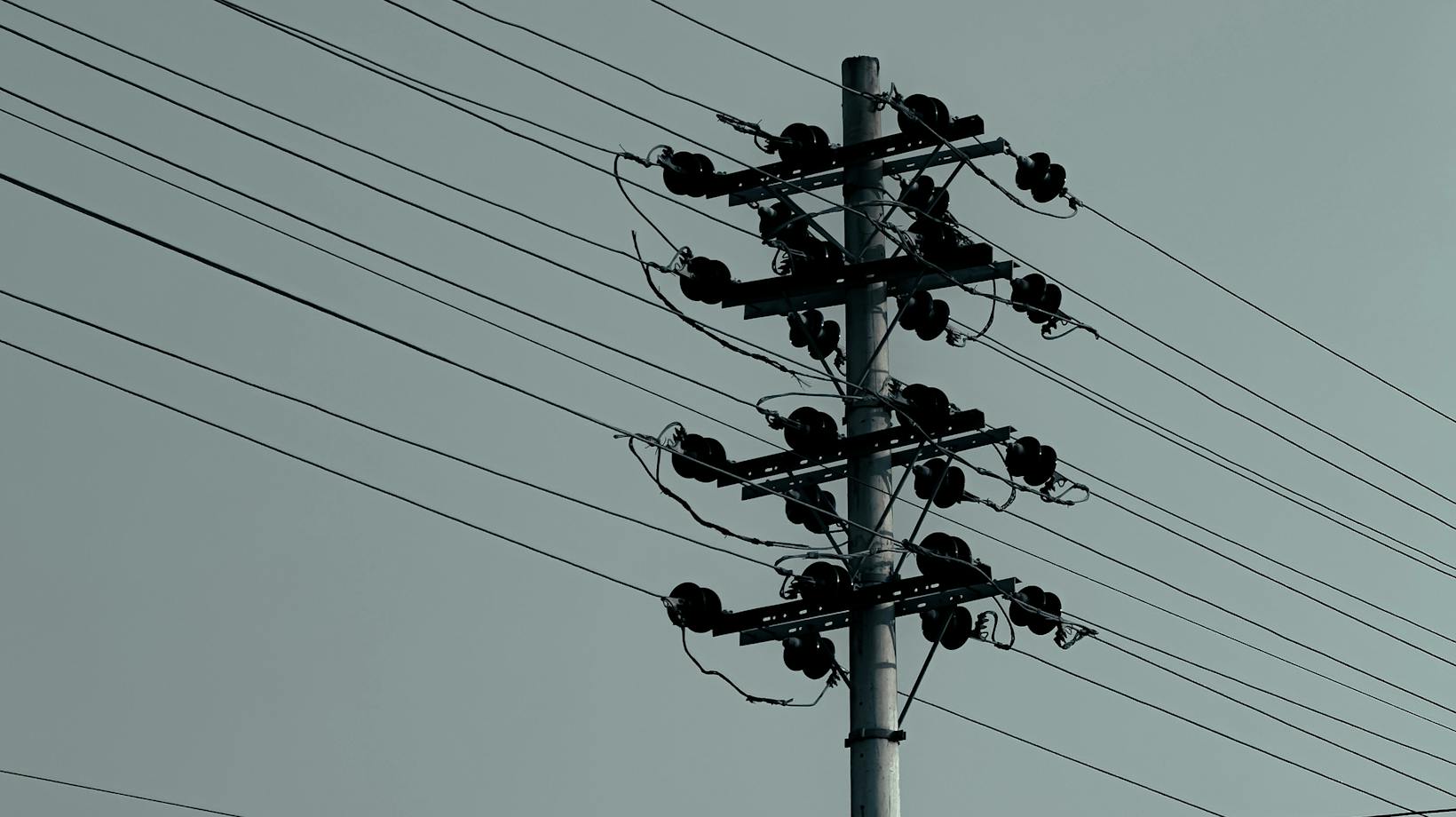
Energy Transfer 2 Quick Check
Energy transfer is a fundamental concept in the field of physics. It refers to the movement of energy from one object or system to another. Understanding how energy is transferred is crucial in various scientific and technological applications. In this article, I will explore the concept of energy transfer in greater detail, discussing its different forms and the mechanisms through which it occurs.
One common form of energy transfer is heat transfer. Heat is the transfer of thermal energy from a warmer object to a cooler object. This process occurs through three main mechanisms: conduction, convection, and radiation. Each mechanism has its own unique characteristics and is responsible for energy transfer in different scenarios. By understanding these mechanisms, we can better comprehend how heat is transferred and how it impacts our daily lives.
Another important type of energy transfer is mechanical energy transfer. This occurs when work is done on an object, causing it to move or change its position. Mechanical energy transfer can be observed in various situations, such as pushing a car or lifting a heavy object. By analyzing the principles of mechanical energy transfer, we can gain insights into the forces at play and how they affect the motion of objects.
Understanding Energy Transfer
Energy transfer is the process by which energy is moved from one object or system to another. It is a fundamental concept in physics that helps us understand how energy is spread and transformed in different situations. Whether it is heat transfer or mechanical energy transfer, studying these mechanisms provides insights into the forces at play and their effects on object motion.
There are several types of energy transfer, each occurring in different ways and with unique characteristics. Here are three common types of energy transfer to consider:
Heat Transfer
Heat transfer is the movement of thermal energy from a hotter object to a cooler object. It can occur through three main mechanisms:
- Conduction: This is the transfer of heat through direct contact between particles of matter. When a metal spoon is placed in hot soup, the heat from the soup is transferred to the handle of the spoon through conduction.
- Convection: This type of heat transfer involves the movement of heated particles in a fluid, such as air or water. For example, when you heat water in a pot, the hot water rises to the top, while the cooler water sinks to the bottom, creating a convection current.
- Radiation: Unlike conduction and convection, radiation does not require a medium to transfer heat. Instead, it occurs through electromagnetic waves. An everyday example of radiation is the warmth you feel from the sun’s rays.
Understanding the different mechanisms of heat transfer is crucial in various fields, from designing energy-efficient buildings to developing effective cooling systems.

Mechanical Energy Transfer
Mechanical energy transfer occurs when work is done on an object, causing it to move or change position. It is often associated with the transfer of kinetic energy and potential energy. Examples of mechanical energy transfer include:
- Push or Pull: When I push a shopping cart, I am transferring mechanical energy to it, causing it to move.
- Lifting an Object: When I lift a book from the floor to a shelf, I’m transferring mechanical energy to the book by changing its position against gravity.
Mechanical energy transfer is vital in understanding the forces acting on objects and their resulting motion. It has applications in various fields, from transportation to sports.
Electromagnetic Energy Transfer
Electromagnetic energy transfer involves the movement of energy through electromagnetic waves. This type of energy transfer includes various forms of energy, such as light, radio waves, and gamma rays. Examples of electromagnetic energy transfer include:
- Radio Transmission: When I listen to the radio, electromagnetic waves carrying the sound information are transferred from the broadcasting station to my radio receiver.
- Visible Light: When I turn on a lamp, electromagnetic waves in the form of visible light are emitted and transferred to the surroundings.
Understanding electromagnetic energy transfer is essential in fields like telecommunications, electronics, and optics.
Energy transfer plays a fundamental role in our understanding of how energy moves and transforms in different systems. By studying types of energy transfer such as heat transfer, mechanical energy transfer, and electromagnetic energy transfer, we can gain insights into the forces at play and their effects on object motion.














